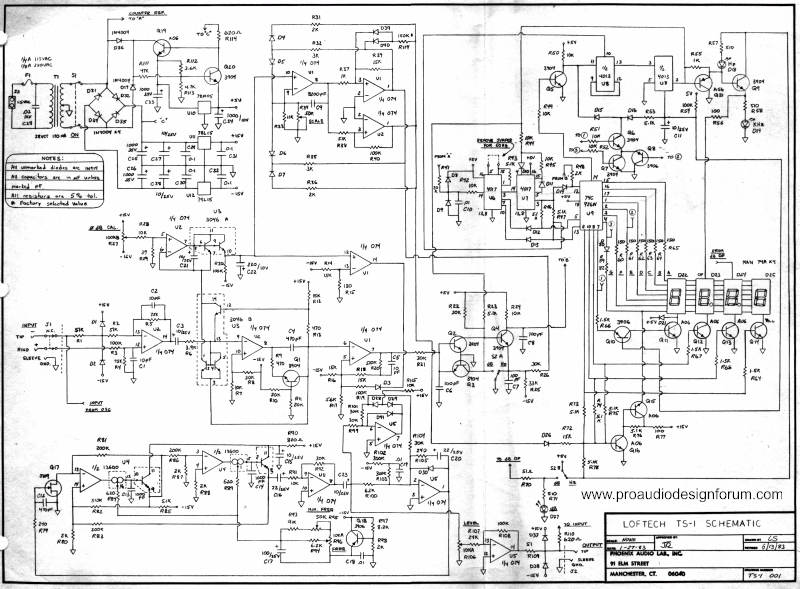Matador
Well-known member
I have a few signal generators that I use for equipment troubleshooting. I've killed both of them, so I'm wondering if there's a better way to do testing.
What I've done: the generators use BNC outputs, so I made up a cable that passes the output signal through a hefty 4.7uF/1000V film cap (it's large, and gives me something to hold on to). The output of the signal generator goes to one lead of the cap, and I can use the other end to inject signals into equipment I'm testing or troubleshooting.
For example, I'll inject a test sine wave through the grids of a tube amp, looking to see when a signal stops, becomes distorted, etc. In general, grids are ground referenced, however some grids, like power tube grids in a fixed bias amp, or cathode followers, have grids at large negative or positive voltages. Most of the time, injecting even there through the cap is fine, as the cap should protect the (50 ohm) output...
However it obviously doesn't, which probably means the initial contact between the cap lead and the (powered) device causes a large undershoot and/or overshoot on the output which flows through to devices that are driving the output signal. I also tried opening the generator and adding clamp diodes to the rails and the output, however I've found that even if the outputs don't exceed the rails, that distortion is added to the signal. Maybe terminate the 'driven' side of the cap with a mid-ish resistor to ground, to limit the slew rate of the driven side? I don't care about voltage accuracy, it's just used to listen for presence of the test signal, and I can dial up or down the magnitude if needed.
Is there a better way to do this?
What I've done: the generators use BNC outputs, so I made up a cable that passes the output signal through a hefty 4.7uF/1000V film cap (it's large, and gives me something to hold on to). The output of the signal generator goes to one lead of the cap, and I can use the other end to inject signals into equipment I'm testing or troubleshooting.
For example, I'll inject a test sine wave through the grids of a tube amp, looking to see when a signal stops, becomes distorted, etc. In general, grids are ground referenced, however some grids, like power tube grids in a fixed bias amp, or cathode followers, have grids at large negative or positive voltages. Most of the time, injecting even there through the cap is fine, as the cap should protect the (50 ohm) output...
However it obviously doesn't, which probably means the initial contact between the cap lead and the (powered) device causes a large undershoot and/or overshoot on the output which flows through to devices that are driving the output signal. I also tried opening the generator and adding clamp diodes to the rails and the output, however I've found that even if the outputs don't exceed the rails, that distortion is added to the signal. Maybe terminate the 'driven' side of the cap with a mid-ish resistor to ground, to limit the slew rate of the driven side? I don't care about voltage accuracy, it's just used to listen for presence of the test signal, and I can dial up or down the magnitude if needed.
Is there a better way to do this?
Last edited:







![Soldering Iron Kit, 120W LED Digital Advanced Solder Iron Soldering Gun kit, 110V Welding Tools, Smart Temperature Control [356℉-932℉], Extra 5pcs Tips, Auto Sleep, Temp Calibration, Orange](https://m.media-amazon.com/images/I/51sFKu9SdeL._SL500_.jpg)


























